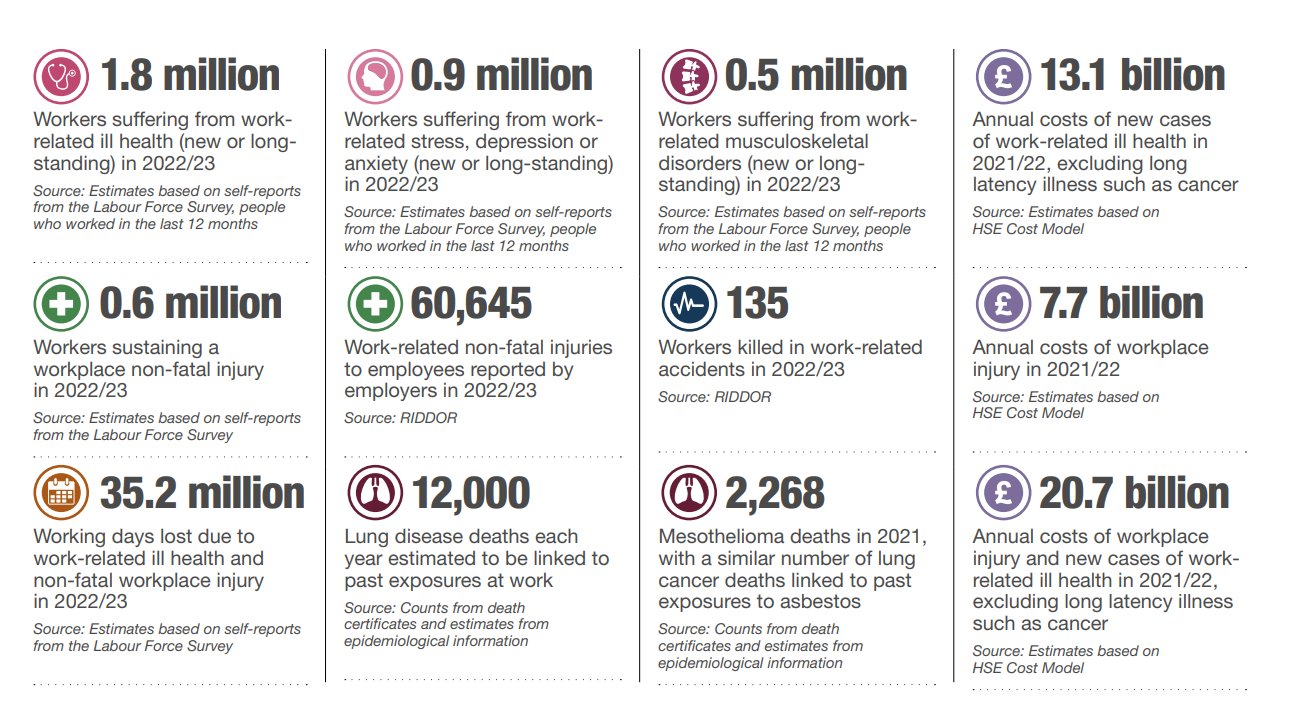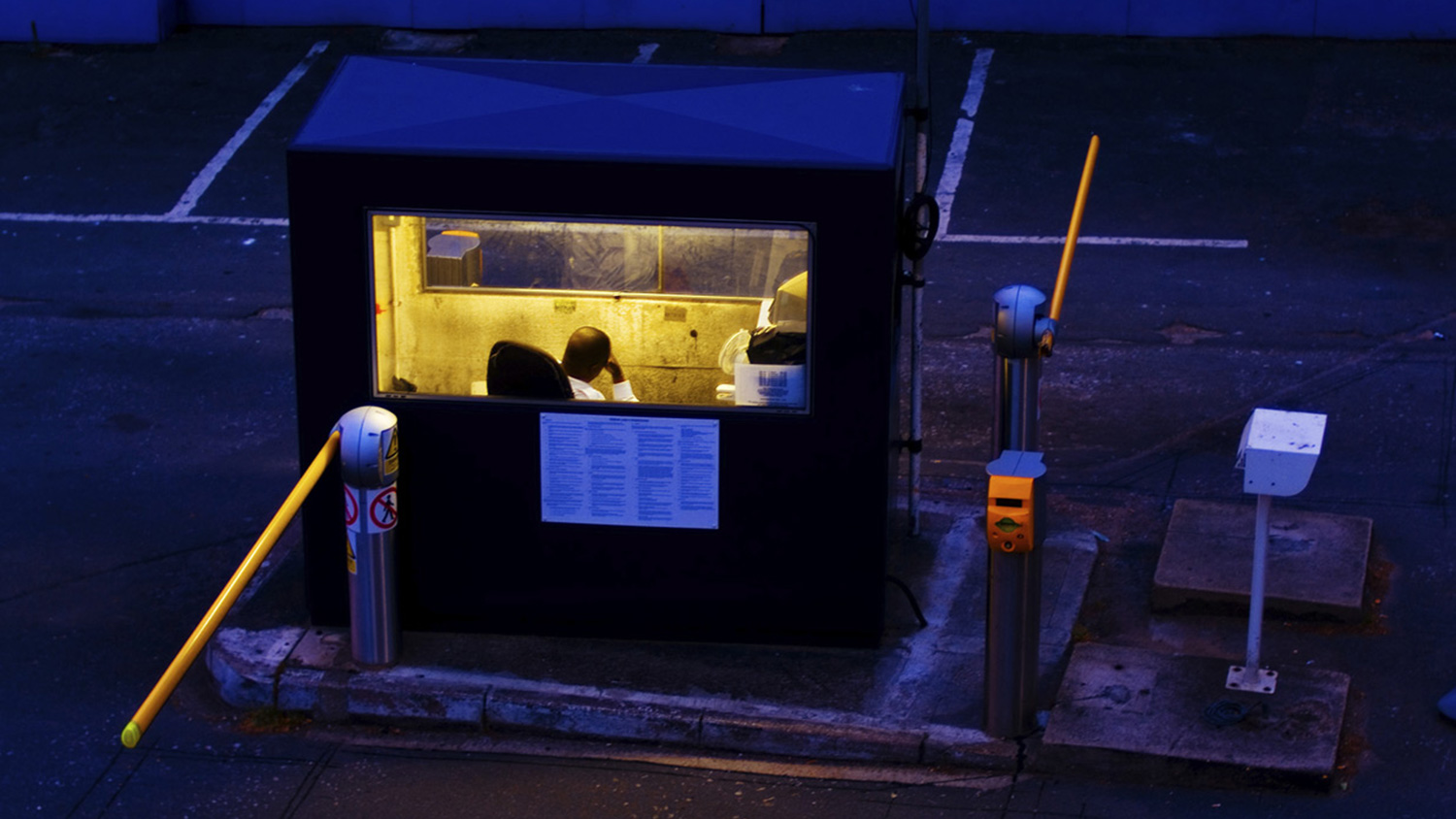
Who’s responsible for safe work on your own home?
A man has been given a suspended sentence after he carried out unsafe work on an extension to his own home in Manchester.
Abdul Rehman engaged operatives to help him build an extension to the property on Kings Crescent in Old Trafford – which was in addition to replacing the roof on the existing semi-detached house.
The Health and Safety Executive (HSE) served enforcement notices in relation to work being carried out from an unsafe scaffold at the property in August 2020. The scaffold was subsequently dismantled, and work put on hold.
However, in November 2021 the same inspector found that Mr Rehman was in control of and instructing operatives to re-roof his property. The work was being carried out without any form of fixed scaffolding or other equally effective measures to prevent the risk of a fall from height from the unprotected two storey roof.
A further prohibition notice was issued to prevent the unsafe work, but Mr Rehman continued to instruct, supervise and assist it. This went on for several weeks and included work during the hours of darkness and in breach of the prohibition notice while continuing to put the lives of the workers at risk.
A fixed safe scaffold could and should have been erected around the perimeter of the roof, but Mr Rehman chose to put cost cutting at the expense of safety to ensure the replacement roof to his property was completed. cost-cutting at the expense of safety.
An investigation by the Health and Safety Executive (HSE) found that Abdul Rehman, from Manchester, chose to ignore the issue of an enforcement notice and continue to instruct operatives to work on the roof without any form of fall protection under the hours of darkness.
He pleaded guilty to breaching regulations 4(1) and 6(3) of the Work at Height Regulations 2005, and section 33 1(g) of the Health and Safety at Work Act 1974. He was given a custodial sentence of 12 months, but this was suspended for 18 months. During that time he must also complete 180 hours of unpaid work. He must also pay £6,450 in costs
After the hearing, HSE inspector Phil Redman said:
“This was a serious breach of the law, and it is fortunate nobody was seriously injured or killed as a result of Mr Rehman choosing to ignore the repeated requests of the inspector to provide a safe means for work from height.
“The case highlights the importance of following industry guidance by ensuring a suitable and sufficient safe scaffold was provided by a competent contractor.”
In the UK, professionals working on their own home are subject to specific health and safety rules and regulations, particularly when the work they are undertaking could be considered as part of their trade or profession. Here are the key points to consider:
Health and Safety at Work Act 1974 (HSWA):
- Professionals, such as builders, electricians, and plumbers, must adhere to the Health and Safety at Work Act 1974 even when working on their own home if they are using their professional skills.
- This means they must ensure their own health and safety and that of others who may be affected by their work, including family members and neighbours.
Construction (Design and Management) Regulations 2015 (CDM 2015):
- CDM 2015 applies to all construction work, including work carried out on one's own home if it involves more than one contractor or is likely to last more than 30 days with more than 20 workers on site at any point.
- Under CDM 2015, professionals must plan, manage, and monitor the construction work to ensure health and safety risks are controlled.
Risk assessments and method statements (RAMS):
- Professionals should conduct risk assessments and prepare method statements to identify potential hazards and outline safe working practices.
- Even when working on their own home, they should document these assessments to demonstrate that they have considered and mitigated risks.
Personal protective equipment (PPE):
- The use of appropriate PPE is crucial to protect against specific hazards associated with the work being performed.
- Professionals must ensure they have and use the necessary PPE, such as helmets, gloves, goggles, and safety boots.
Safe use of tools and equipment:
- Professionals must ensure that all tools and equipment are maintained in a safe condition and used correctly.
- Regular inspections and maintenance of equipment are essential to prevent accidents.
Building Regulations:
- All work must comply with UK building regulations, which ensure the health and safety of the construction work.
- Building regulations cover various aspects, including structural integrity, fire safety, electrical safety, and ventilation.
Notification of hazardous work:
- Certain types of work, such as asbestos removal or significant structural changes, may require notification to the Health and Safety Executive (HSE) or local authorities.
- Professionals must check whether their work falls into this category and comply with any notification requirements.
Waste management:
- Proper disposal of construction waste, including hazardous materials, is necessary.
- Professionals should follow the relevant guidelines and use licensed waste carriers for disposal.
In summary, professionals working on their own home in the UK must adhere to health and safety regulations applicable to their trade. This includes conducting risk assessments, using PPE, maintaining tools, complying with building regulations, and managing waste appropriately. These measures ensure that their work is carried out safely and legally, protecting themselves and others from potential harm.






